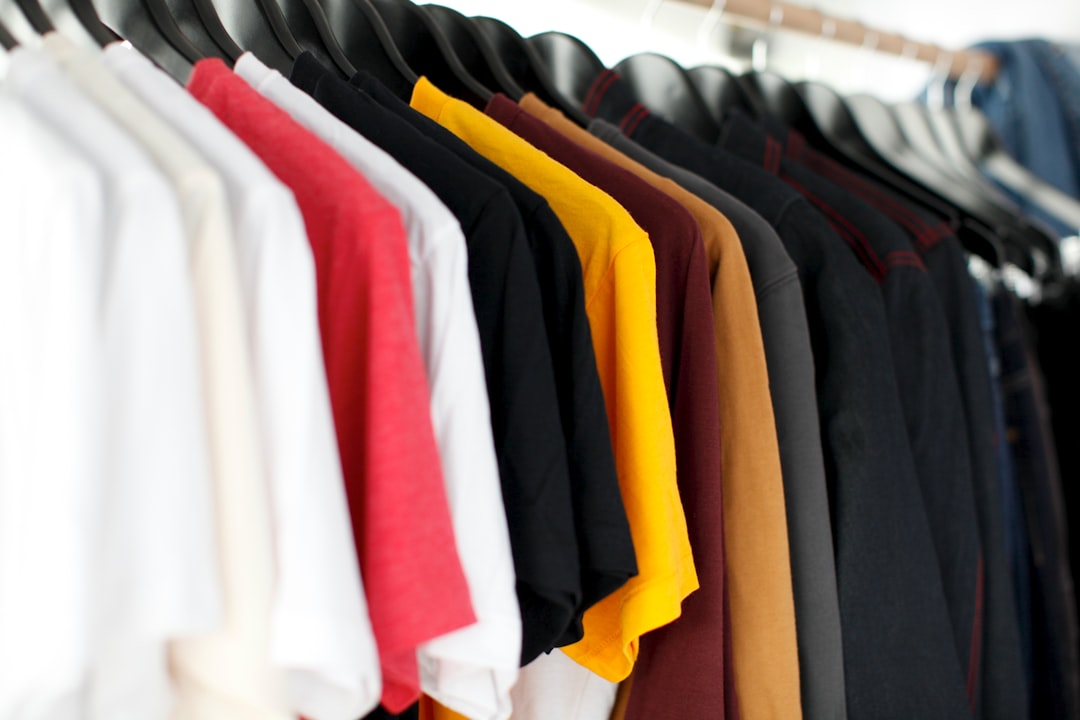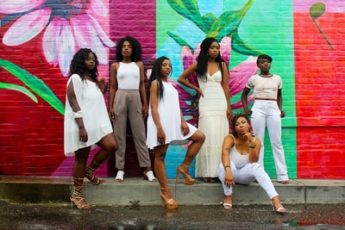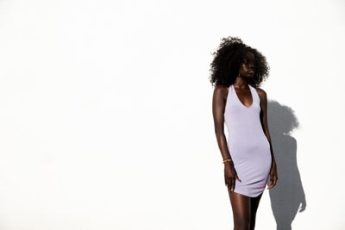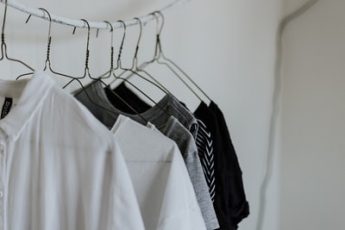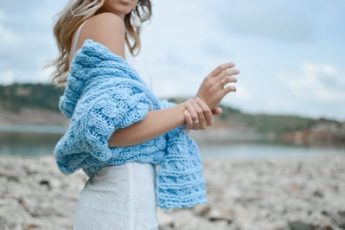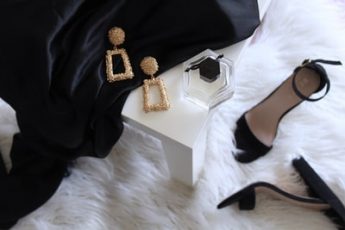Fashion has been around for hundreds of years, and recently has the world turned its eyes to high-tech couture houses operated by futuristic alt multimillion dollar operations. This is the age of computers and synthetic textiles working alongside traditional skills and methods producing inspiring designs and items for sale.
Prior to the seventeenth century all upper-class women wore considerable numbers of hats, either they were wrapped, or there were several near the head in various styles depending on the season. The Tailors and the hat makers were the main industries. As the style and fashions changed from time to time, tailors remained a mainstay. They made sure all cloth for upper-class women originated in their shops. The majority of lower-class women instead copied styles of their mothers or grandmothers. They paid not much attention to ensure they followed the fashion of the season, but instead focused on the material and how it felt against their skins.

The decade of the 1920 brought about a more relaxed showing of skin by women. The long, heavy skirts which had gone out of fashion a few years previous were replaced by the shorter, lighter, snug fitting styles. The heels and nylons gave women the authority to show off other parts of their body which were now highlighted with elaborate, decorative umingoes and slips. The type of fabric used became even more sensational.
Hydrate, for granted, was produced from wool and a kind of preparation of cellulose cotton, or cotton lycra, and the fabric was first developed inOCK sought to save the environment by using reused materials, and although this did not reduce waste, reduce appetite, or feeding areas on animals, it truly proved its environmental benefits.
Ropolis clothingasinstructed from cotton with dyes in hues of black, blue, or other colours desired. The blocking technique led to the production of brightly coloured textiles which combined into striking pictures.
One third of the entire mass-produced clothing industry is built upon designs from outstanding designers. Most of these suppliers have excellent service and design-orientation which has led to repeat customers for many years.
Fpour is widely considered to be one of the pioneering manufacturers of fashionable dresses. The difference which set them apart from other designers was that they created designs which were relatively easy to wear both in the office and in the home.
In the post-war period, many independent apparel retailers appeared, some of whom provided a sliding scale for the ‘skirt and tie’ purchaser, with prices which could fit into many budgets. Outstanding fabric and style options gave shoppers more options, enabling them to create stylish outfits from everyday wear to working in the office.
In the 1970s, the highly successful denim designs came about, with designers such as Levi’s. The look, called stone-washed, was extraordinarily popular, with low-rise jeans in a wide range of colours. As the prices rose, so did the quality of denim. Hand-woven silks emerged as a new alternative to mass-produced homeware.
Another key concept for womenswear was the return of the dress. All sorts of fabrics such as laces and corsets were combined to create a variety of gowns that could be worn in the office, travellers, or formal evening occasions. The hemlines grew higher and, particularly important in Britain, accents such as moth margin and embroidery began to be used, although these additions were fairly costume- dependent.
The 1980s were a decade that began to change the way we looked at fashion. paneled skirts and tight sleeves became popular, as did big, baggy styles made of either lycra or cotton. The key 80s trend was to have very little money spent on clothing. This didn’t necessarily mean that people didn’t care about fashion; just that they chose to spend a lot less.
The fashion icon of the decade was none other than the humble Primclassicshirt; a product that has continued to be modernized to blend in with the fast-changing trends of the day. For those of you old enough to have worn a Primclassic shirt in the 1980s, but newer to today’s market, the environmental and ethical credentials for the product continue to scrutinize the company’s practices, resulting in today’s Primclassic being one of the company’s most sought after lines of men’s and women’s shirts.
While there are elements of the Primclassic style that are beginning to show signs of Wear-again signs of maturing, the general design of the shirt is retaining its popularity; Denim improves steadily year on year and looks set to continue to be one of the most popular fabric used in men’s designer shirt styles. Perhaps the overall opinion of Primclassic shirts is that they simply don’t suit the timbre of many modern ecommerce outfits; the clean look is one that can be viewed in many of today’s Primclassic shirt styles.
